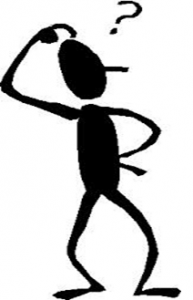It is not inaccurate to say that when any language dies, a culture also dies with it. According to stats, there are roughly around 6, 500 languages in the world today, and more than 2, 000 of those languages are in danger of becoming extinct. Blame it on our unawareness or our inability to preserve the languages, the fact is that a language disappears the moment its last known native speaker dies.
Ong uyan madongo?
Can you provide an accurate answer to the above mentioned question? May be not, unless you happen to be among the 430 people in the world who understand and speak a language named Matukar Panau. The above-mentioned words mean ‘how are you?’ A simple question that very few can understand just because it is written in a different language. It is among the world’s rarest languages, which is spoken in two small villages in Papua New Guinea.
Another example of a lesser known language is of Hazel Sampson, who was the last native speaker of the Klallam native American Tribe. She passed away at the age of 103 this year, and now there is no one who can speak, write or understand the language of the tribe.
Linguistics today estimate that by the end of the century, those 2,000 languages that are in danger will be gone. So, how important is it to fight for language preservation? Is there any way through which we can preserve the languages before they vanish? Thanks to the globalization, there is a way, and linguistics are using it to preserve the lesser known languages. They are now documenting these languages through translation so that they can preserve them for the future.
In 2010, a woman named Boa Sr. passed away. She was the last native speaker of the Bo language, which is one of the great Andamanese languages. This language would have vanished, if in 2005, a professor at the University of Delhi, India, wouldn’t have preserved it. The professor not just documented the language but also Boa’s ecological, cultural and historical knowledge. Today, this extinct language is accessible for future generations to learn and understand through a comprehensive archive digitalized audio, text documents and visuals.
Further to the aforesaid, in Mexico, linguists have also had success preserving indigenous languages through data transcription and analysis. Translation of these languages is a great way to preserve a culture and language.
People, with the help of technology and translation, can amplify their voices. This is amazing because until we don’t hear and understand someone, we can’t know what they can teach us!
Have a similar story to share? Mention in the comments section!





